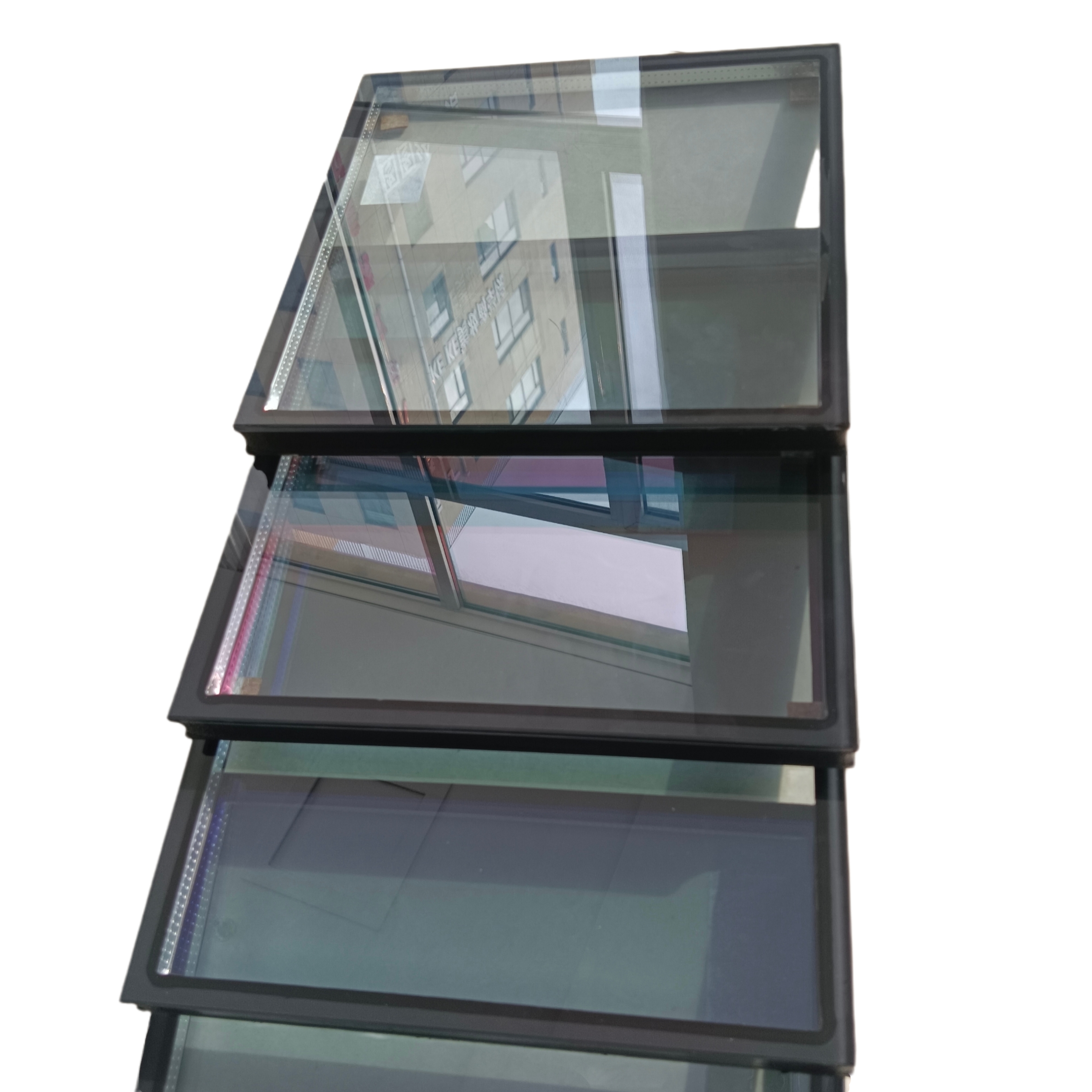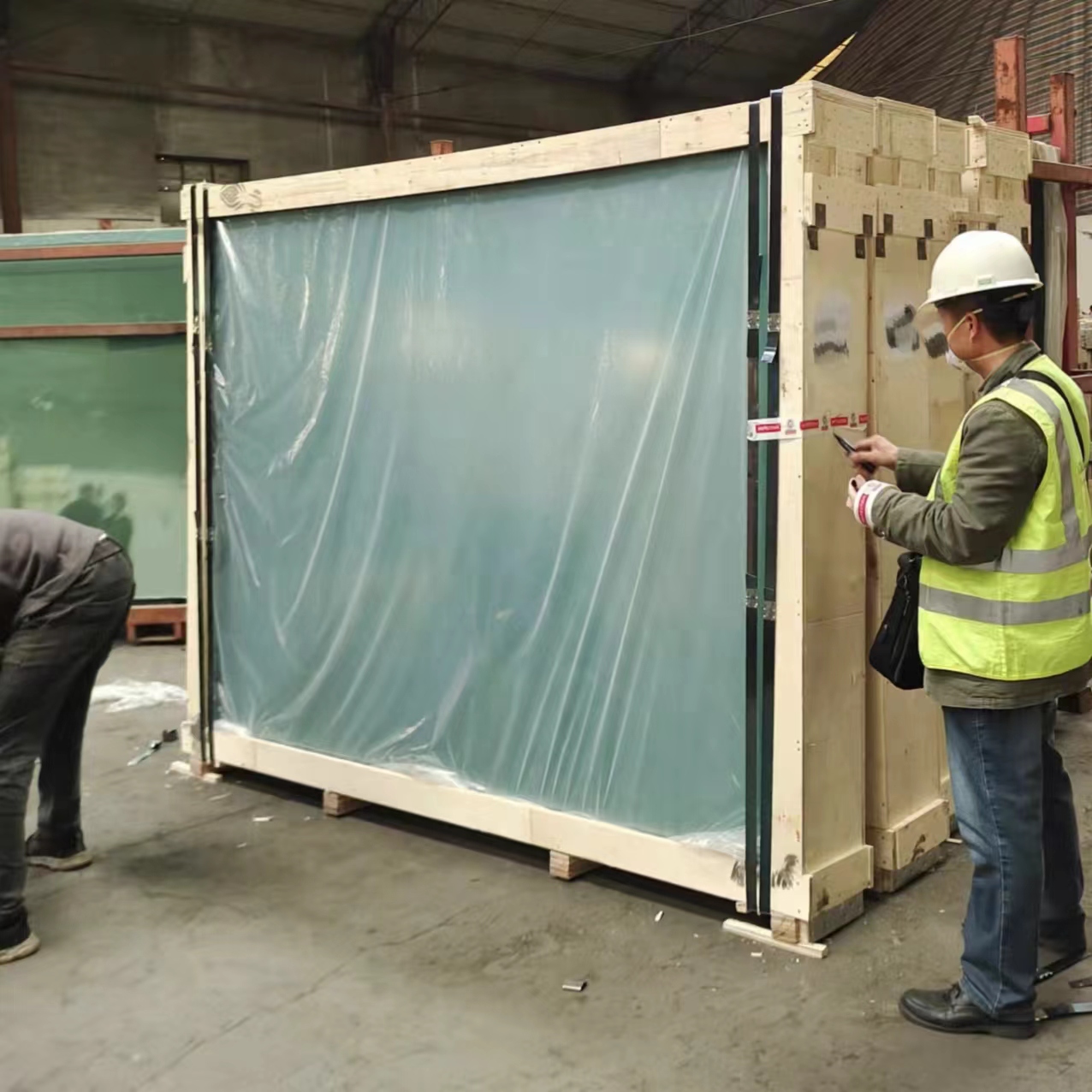Low-E Glass,Low Emissivity Glass,Low Emissivity Coated Glass
Product Description
In the mid-1970s, it was discovered that the transfer of heat from double-glazed Windows resulted from the exchange of red surface radiation from one layer of glass to another. Thus, the transfer of radiant heat can be greatly reduced by reducing the emissivity of any surface of the double glazing. That's where Low-E glass comes in.
Low-e Glass, short for Low emissivity Glass."Low-E Glass" refers to a range of high-performance, low emissivity products manufactured by state-of-the-art vacuum sputtering coating equipment.The vacuum sputtering process coats glass surfaces with several layers of different materials. Among these, a silver layer effectively reflects infrared light while maintaining excellent thermal performance. Beneath the silver layer is an anti-reflective tin oxide (SnO2) base layer that increases the transparency of the glass. Above the silver layer is an isolating nickel-chromium (NiCr) alloy coating. The main function of the top anti-reflective tin oxide (SnO2) layer is to protect the other coating layers. This kind of glass not only has high visible transmittance, but also has the characteristics of strong infrared barrier, which can play the dual effect of natural lighting and heat insulation and energy saving. After use, it can effectively reduce the external loss of indoor heat in winter, and can also block the secondary radiation of outdoor objects heated by the sun in summer, so as to play the purpose of energy saving and consumption reduction. At the same time, Low-E glass has a high transmittance in the visible band, which can make more use of natural lighting indoors.Using Low-E glass to manufacture building doors and Windows can greatly reduce the transfer of indoor heat energy caused by radiation to the outdoors, and achieve the ideal energy saving effect. At the same time, the fuel consumed by heating can be greatly reduced, thus reducing the emission of harmful gases.
This product offers high transparency, low reflectivity, superior thermal insulation and energy-saving properties required of modern architectural glass and green building design.
Benefits
Near to the natural color of glass
Highly transparent to visible light (wavelength range: 380nm-780nm); the high reflectance of visible light will not produce significant glare.
Transmits most light in the visible range without altering its natural color. Provides excellent natural illumination and saves energy by reducing the need for artificial lighting. High reflectance of infrared radiation in particular (wavelength: 780nm-3,000nm). Reflects nearly all long-wave infrared radiation (wavelength greater than 3,000nm).Prevents the transmission of significant amounts of heat, resulting in the interior being comfortably cool in summer and warm in winter.
Products categories
-

Phone
-

E-mail
-

Whatsapp
Whatsapp


-

Top



















